I have the following code which takes a PDF file and composes it into a single jpg image which has a horizontal black line between each PDF page image, stacking the PDF pages.
image = MiniMagick::Image.open(pdf_file)
# create a new blank file which we will use to build a composite image
# containing all of our pages
MiniMagick::Tool::Convert.new do |i|
i.size "#{image.width}x#{image.layers.size * image.height}"
i.stroke "black"
image.layers.count.times.each do |ilc|
next if ilc.zero?
top = ilc * (image.height + 1)
i.draw "line 0,#{top}, #{image.width},#{top}"
end
i.xc "white"
i << image_file_name
end
composite_image = MiniMagick::Image.open(image_file_name)
# For each pdf page, add it to our composite image. We add one so that we
# don't put the image over the 1px black line that was added to separate
# pages.
image.layers.count.times do |i|
composite_image = composite_image.composite(image.layers[i]) do |c|
c.compose "Over" # OverCompositeOp
c.geometry "+0+#{i * (image.height + 1)}"
end
end
composite_image.format(format)
composite_image.quality(85)
composite_image.write(image_file_name)
It works perfectly, except a 20 page PDF file takes three minutes. I'm looking for a better way to do this. I suspect one of these two options will work:
- Compose all of the PDF page images at once, although I haven't figured out how to do that.
- Use vips, thanks to its pipeline implementation.
I would rather stay with imagemagick, but I am open to either way. I'm looking for pointers how to achieve what I am looking for.

